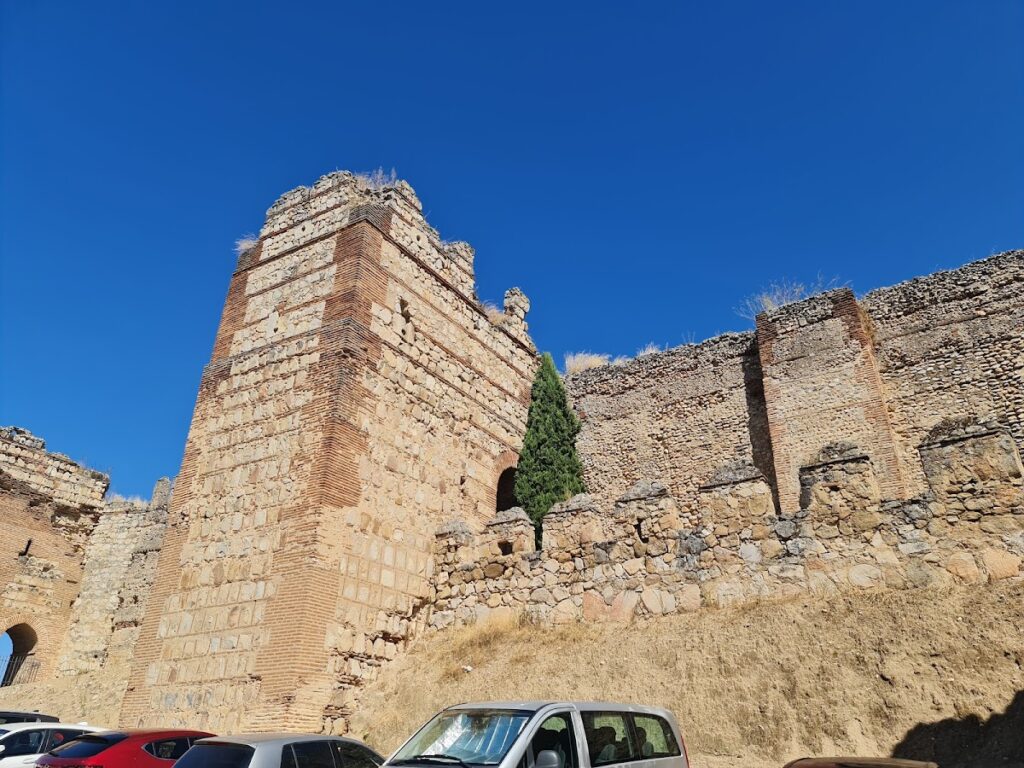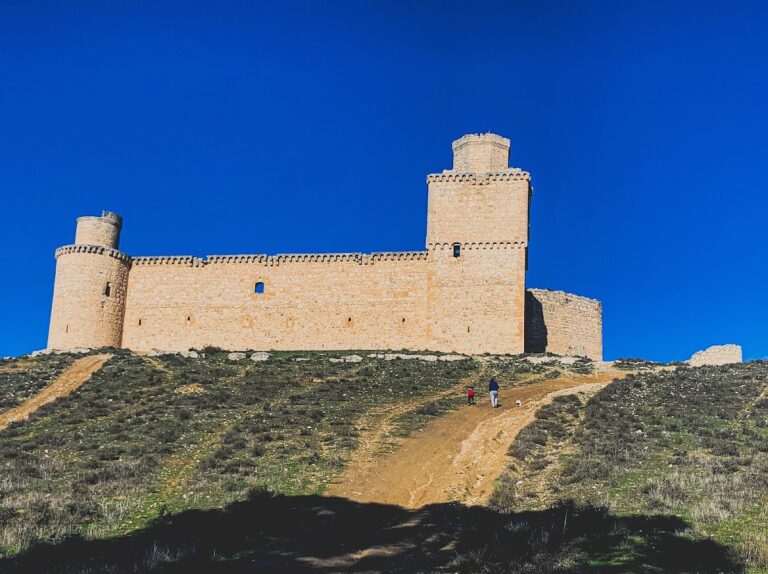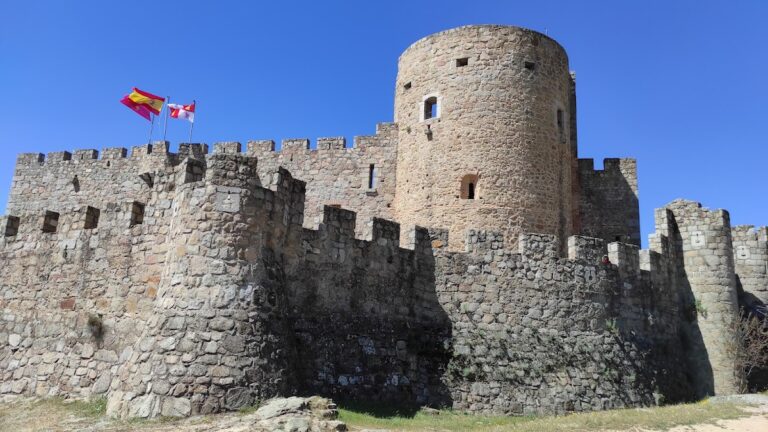Castillo-palacio de Escalona: A Historic Fortress and Palace in Spain
Visitor Information
Google Rating: 4.5
Popularity: Low
Google Maps: View on Google Maps
Country: Spain
Civilization: Unclassified
Remains: Military
History
The Castillo-palacio de Escalona is located in the town of Escalona in Spain. Originally constructed as a Roman fortress, it occupied a crucial strategic position on a plateau overlooking the Alberche River, controlling the route between the cities of Ávila and Toledo.
During the Middle Ages, the fortress came under Muslim control before being captured by King Alfonso VI of León in the late 11th century, shortly before the fall of Toledo. Throughout Alfonso VI’s reign and those of his successors, the castle and its surrounding lands endured repeated attacks by Muslim forces, including Almoravid and Almohad armies in the years 1131, 1137, and 1196. This ongoing conflict underscored the fortress’s continued military importance in the borderland region.
In 1281, King Fernando III of Castile granted the castle and the adjacent town to his son Manuel de Castilla, brother of King Alfonso X. It became the birthplace of Don Juan Manuel, Manuel’s son and a prominent medieval author known for his literary contributions. The estate passed into the hands of Juana Manuel, Don Juan Manuel’s daughter, who married Enrique de Castilla, later King Enrique II of Castile, intertwining the castle’s ownership with the royal lineage.
By the early 15th century, the castle came under the control of Álvaro de Luna, Constable of Castile and a key political figure. In 1424, King Juan II awarded him the fortress, which de Luna enhanced substantially. He transformed the stronghold into a grand palace complex and used it as the main residence for his holdings. The castle hosted lavish royal celebrations during this period, and documents from 1437 praise its construction as among the finest in Spain.
Following Álvaro de Luna’s arrest and execution for treason, his family, including his widow Juana Pimentel, sought refuge within the castle. The king besieged the fortress to recover royal treasures held there. Eventually, negotiations allowed Juana Pimentel to retain part of her late husband’s estates in exchange for surrendering the castle and its contents to the crown.
Later in the 15th century, King Enrique IV transferred the property to Juan Pacheco, Marquis of Villena. Throughout this century, the fortress witnessed several internal conflicts linked to Castilian political struggles, culminating in the rise of Queen Isabel I.
The castle endured multiple destructive fires, some occurring during Álvaro de Luna’s time. It was set ablaze again during the Peninsular War by French troops led by Marshal Soult. For centuries, the fortress remained in private hands until its acquisition by the town council of Escalona in 2024, marking a new chapter in its stewardship.
Remains
The Castillo-palacio de Escalona stands on a commanding plateau beside the Alberche River, combining a medieval fortress with a notable palace complex exhibiting Mudéjar architectural style. This mix reflects the site’s varied history and the influence of diverse cultural traditions.
The original fortress dates back to Roman times, though significant expansions occurred in the 15th century under Álvaro de Luna. He transformed the structure by enlarging the defensive walls and adding the palace that became the center of his estates. The palace’s design is characterized by its Mudéjar style, a distinctive blend of Christian and Islamic art and architecture common in medieval Spain.
While the castle endured several devastating fires, particularly during Álvaro de Luna’s era and the early 19th century Peninsular War, parts of its structure have been preserved or restored. Today, the remains include the imposing fortress walls and palace sections, which still reveal elements of their original layout and construction, although in a partial state.
The elevated site afforded natural defense advantages and key control over the passage between Ávila and Toledo, a feature reflected in the castle’s robust fortifications. Although certain decorative or construction details remain undocumented, the complex’s enduring presence showcases layers of historical occupation and architectural adaptation over centuries.










